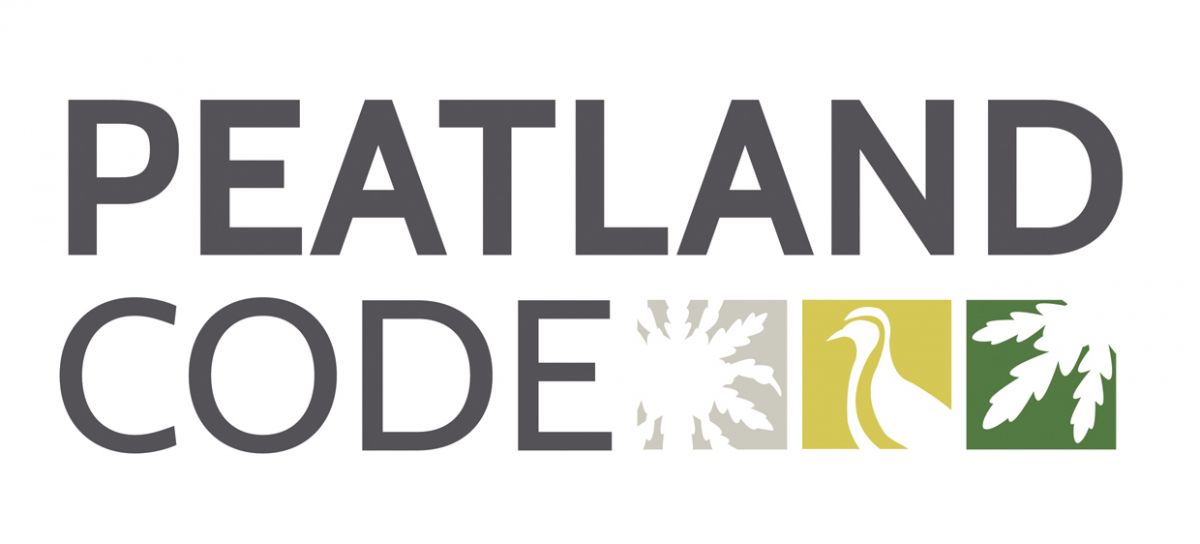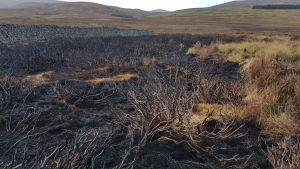Natural capital finance and conservation financing describe investments to conserve the value of the natural environment for the long term.
Globally, around US$52 billion per year is currently invested in conservation financing, primarily from the public sector and charities (Credit Suisse et al., 2016)1.
Within the UK, Defra biodiversity spending, EU LIFE spending and NGO spending accounts for over £476 million per year (RSPB, 2018)2. Peatland management and restoration has traditionally been an important recipient of such funding. Since 1994, EU LIFE has provided over £32 million in matched funding to repair and manage UK peatlands; and annual payments from the Rural Development funds for peatland management in the UK are in excess of £6 million per year3 .
However, as the natural environment continues to degrade over time, there is a growing deficit in funding to maintain/improve its condition4 . Within the UK, this gap in spending on land management to meet local conservation targets is estimated to be £1.8 billion per year (RSPB, 2018).
Investment in peatland is a key part of this funding gap, where the restoration of the peatland habitat in the UK (i.e. not including maintenance) is estimated to need £500 million over the next 10 years. The longer this investment is postponed, the greater the eventual cost of restoration will be.
Below: Comparing gains and costs in the transition between peatlands in different conditions (UK Peatland Strategy)

Failure to address past actions and increase our efforts to urgently address the state of peatlands could represent a significant economic cost to future generations. Costs arising from greenhouse gas emissions, loss of biodiversity, damage to farming, recreational and sporting interests, flooding and drinking water impacts, will all contribute to the negative financial implications for businesses and taxpayers. From economic analysis, the full cost of damaged peatlands to society including biodiversity loss, impacts on drinking water and flood management will extend into the £billions (Committee on Climate Change, 2013).
With the majority of peatlands already in a damaged state, simply leaving them alone will create further liabilities as they deteriorate. All UK devolved governments are therefore committed to conserving peatlands - protecting and restoring their natural capital. These commitments can only be met if natural capital finance becomes a reality.
A briefing note on Natural Capital Financing for Peatland, developed by Eftec, highlights the opportunities for financing peatland restoration and conservation, and to propose a framework for structuring such finance.
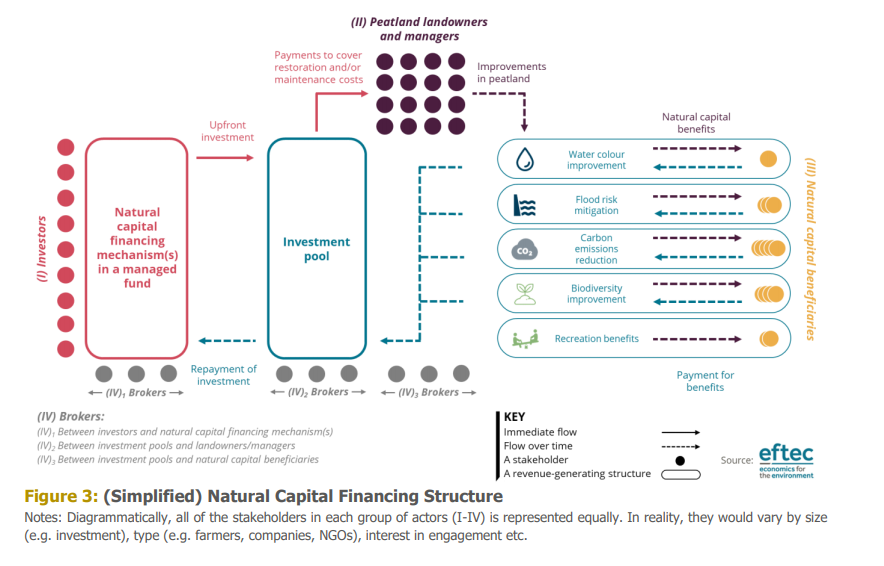
References and above text from Natural Capital Financing for Peatland Briefing, October 2018
For more information:
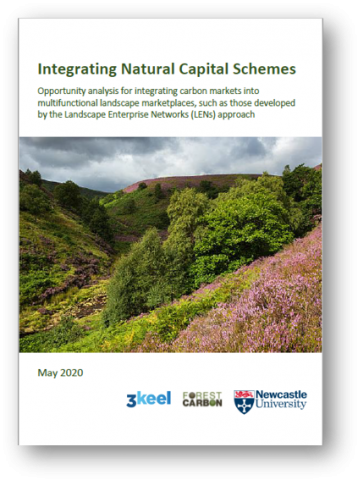
|
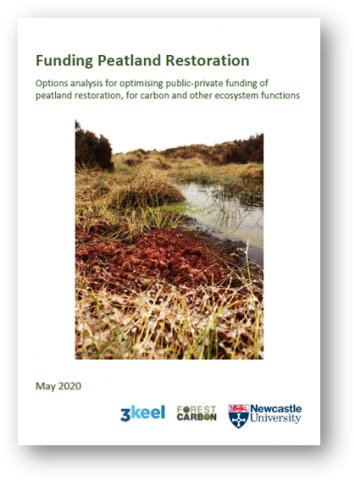
|
Also see:



